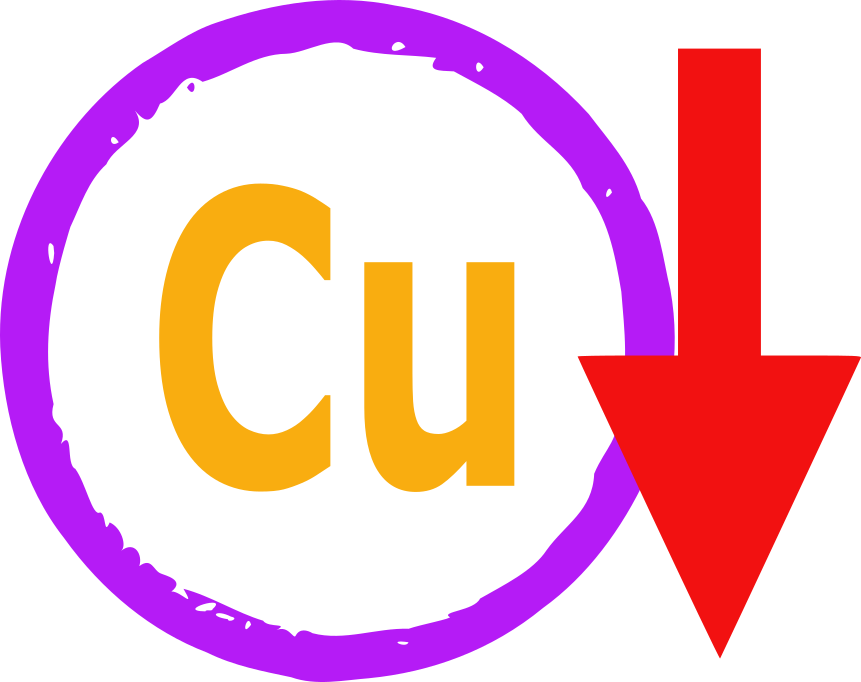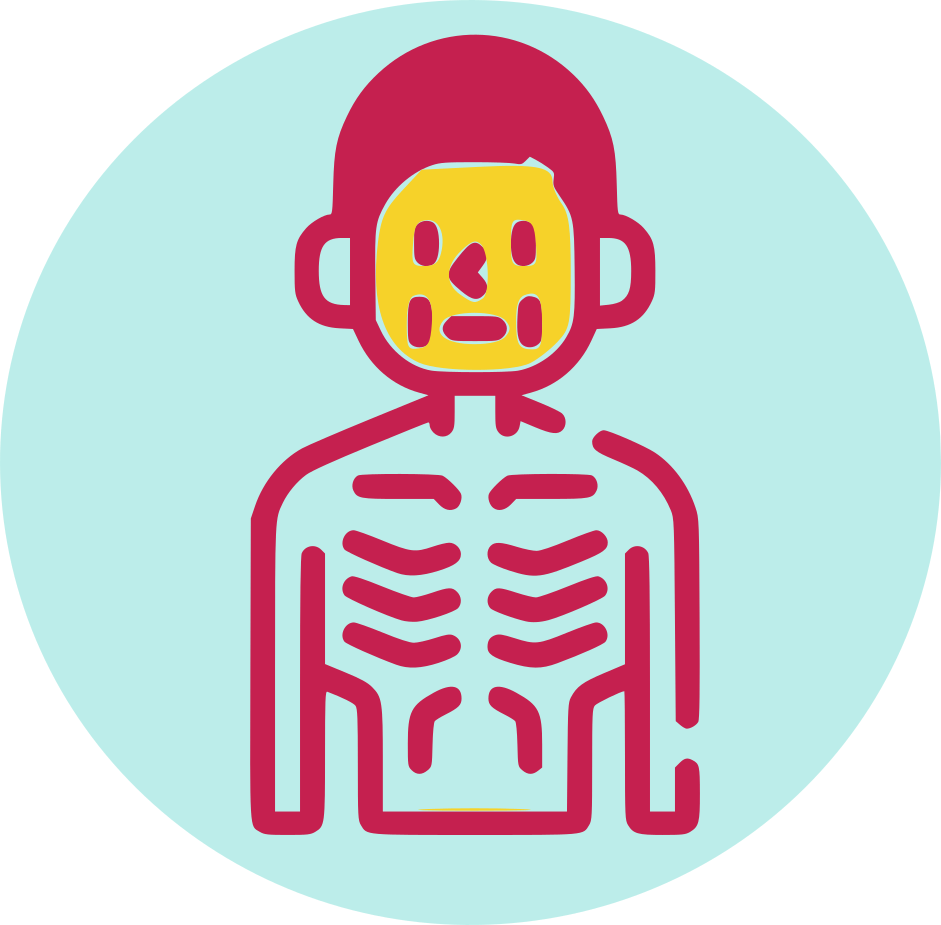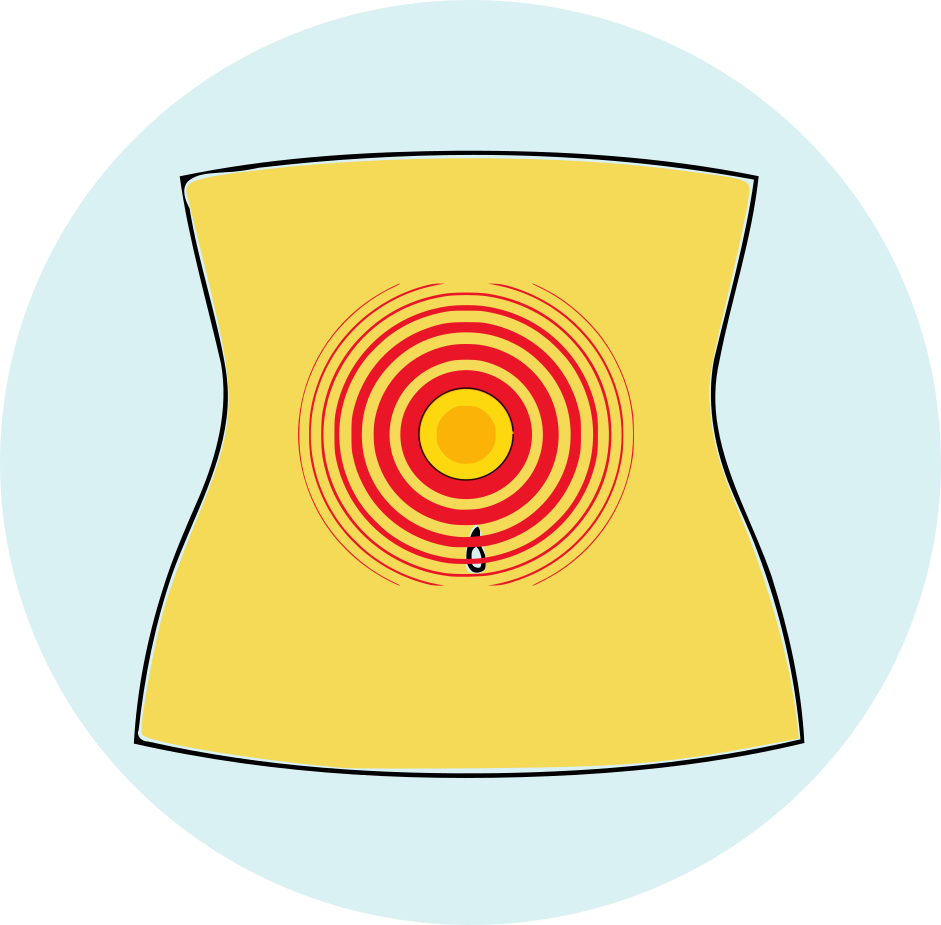| Name | Copper |
| Classes |
Dermatological/Topical Agent Vaginal Preparation |
| Diseases |
Mineral Insufficieny |
Copper
Copper is trace electrolyte required by the body. Copper works with iron to assist the body in the formation of red blood cells. It also aids in the health of the blood vessels, nerves, immune system, and bones. Copper also aids in the absorption of iron.
Copper is indicated for the following conditions-
- Copper deficiency
- Additive for total parenteral nutrition
- Malnutrition
- Intravenous
Nutritional deficiency
Adult: TPN 0.5-1.5 mg/day of elemental copper.
Child: TPN Full-term infants & children 20 mcg elemental copper/kg/day IV. May be added to TPN.
Child: TPN Full-term infants & children 20 mcg elemental copper/kg/day IV. May be added to TPN.
- Intravenous
Copper deficiency- Adult: 3 mg/day of elemental copper. May be added to TPN.
- Child: Full-term infants & children 20-30 mcg/kg/day IV of elemental copper. May be added to TPN.
- Oral
- Nutritional deficiency
- Adult: As elemental copper. 900 mcg/day (max: 10 mg/day). Pregnant females 1 mg/day. Lactating females 1.3 mg/day. Adolescents ≥14 yr 890 mcg/day (max: 8 mg/day) .
- Child: Birth-6 months 200 mcg/day. 7-12 months 220 mcg/day. 1-3 yr 340 mcg/day (max: 1 mg/day). 4-8 year 440 mcg/day (max: 3 mg/day). 9-13 year 700 mcg/day (max: 5 mg/day).
Copper can cause the following side effects-
- abdominal pain or cramps
- diarrhea
- nausea/vomiting
- metallic taste
Precautions should be taken in the following patients-
- Young children
- Pregnancy, lactation
- Wilson's disease
- Chronic liver/renal failure
- Hepatic impairment: copper may accumulate if biliary obstruction or hepatic disease is present.
Contraindication
Contraindicated in patients hypersensitive to any component of the formulation.
Copper absorption may be reduced when combined with phytic acid-rich foods (unleavened bread, raw beans, seeds, nuts, grains, and soy isolates). Fructose-rich diets may reduce copper status.
None known.
 Bangla
Bangla English
English




